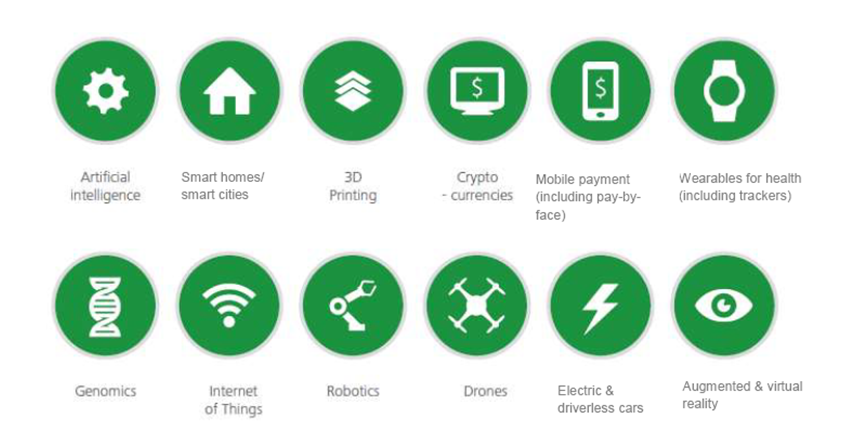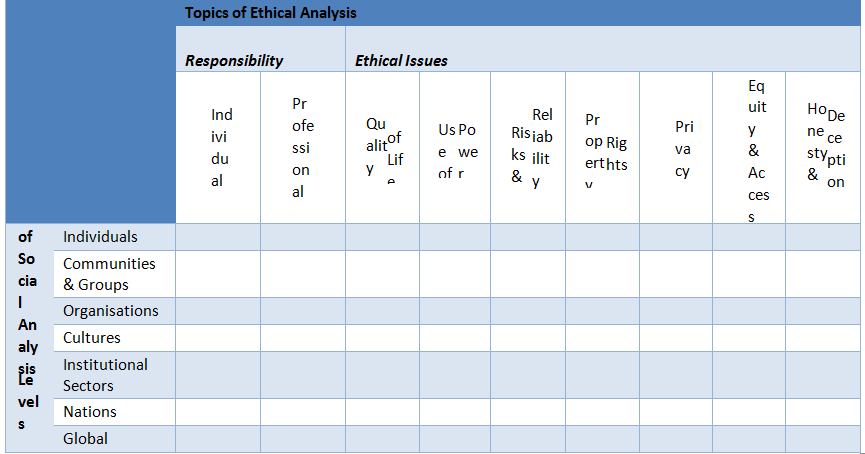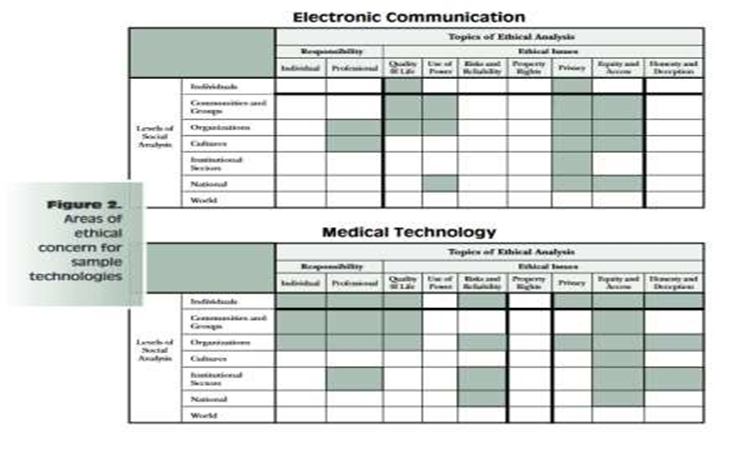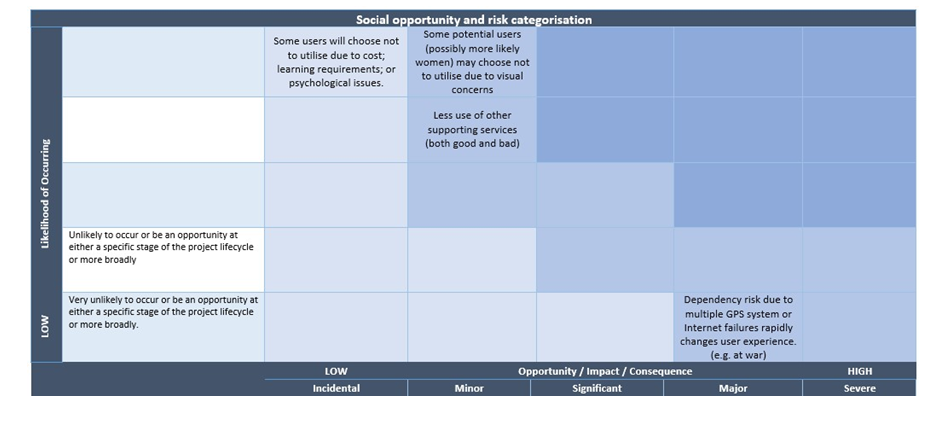ICT521 IT Professional Practice
Assignment 2
Social Impact Assessment for ICT
NOTE: This is a group activity. The assignment accounts for 15% of the whole unit. You will also have a presentation rehearsal and a final presentation (10%) of the selected topic onweek 12 and week14, respectively.
Submission Instructions:
Students should submit your assignment on Assignment2_submission through LMS before deadline.
Late work may attract a penalty of 10% (of the mark for that piece of assessment) per day late, up to and including 10 days late. Work submitted more than 10 days late might not be marked.
Your assignment should be in a word-processed document:
- You must include your full name (including all group members) within the document (e.g. as a header, or on the first page).
- You must keep a copy of the final version of your assignment as submitted and be prepared to provide it on request. You do not need to provide an assignment cover page.
- You must reference all sources you have used to construct your answers to these questions.
Introduction
Demand for ICT skills and workers is increasing as the disruptive impact of digital technologies spreads across the Australian economy. To position the economy to take full advantage of the opportunities presented by this digital disruption, we must ensure that the Australian workforce is equipped with the ICT skills required for businesses to innovate and grow.
While ICT education, such as introducing coding in schools, will facilitate this in the long run, our greatest source of skills right now is the existing workforce. As such, developing the digital skills of both existing ICT workers and the broader Australian workforce is an important factor in ensuring that there is an adequate supply of ICT skills in a growing digital economy.
Source:ACS (2016) Australia’s Digital Pulse: developing the digital workforce to drive growth in the future Deloitte Access Economics Pty Ltd.p68
What you must do:
- choose one of the ‘digital disruptions’ below but are not limited to:

Image adapted from: ACS (2016) Australia’s Digital Pulse: developing the digital workforce to drive growth in thefuture Deloitte Access Economics Pty Ltd.p11
- Write a Report that includes:
- A description/explanation of the technology you have chosen
- How the technology could disrupt the current way society functions (e.g. what types of organisations will be affected; what types of professions or jobs will be affected; how will ‘ordinary’ people be affected)
To complete this part, you can use the Ethical matrix included as Appendix A
- Identify what risks and opportunities the technology provides [25 marks]
To complete this part, you can use the SocialOpportunity/Risk matrixincluded as Appendix B
- Identify what ethical responsibilities the existing ICT workforce has to support the integration of these technologies into businesses and daily life
- What recommendations could you make to minimise the disruption these technologies could have.
- In addition to the marks assigned to sections of the Report:
- You will be marked for professional formatting, spelling and grammar [5 marks]
- You will be evaluated on the relevance and formatting of your references [5 marks]
Appendix A. Ethical Matrix

| Topics of Ethical Analysis | ||||||||||
| Responsibility |
Ethical Issues |
|||||||||
| Individuals | ||||||||||
| Communities & Groups | ||||||||||
| Organisations | ||||||||||
| Cultures | ||||||||||
| Institutional Sectors | ||||||||||
| Nations | ||||||||||
| Global | ||||||||||
Source: Huff, C., & Martin, C. D. (1995). Computing consequences: a framework for teaching ethical computing.
Communications of the ACM, 38(12), 75-84. Social opportunity and impact risk assessmentAppendix C
Sample of Appendix A completed

Appendix B. Social Opportunity/Risk
| Social opportunity and risk categorisation | ||||||||
| LOW Opportunity / Impact / Consequence | HIGH | |||||||
| Incidental | Minor | Significant | Major | Severe | ||||
| Local, small-scale, easily reversible change on social characteristics or values of the communities of interest or communities can easily adapt or cope with change.
Local small-scale opportunities emanating from the technology that the community can readily pursue and capitalise on |
Short-term recoverable changes to social characteristics and values of the communities of interest or community has substantial capacity to adapt and cope with change.
Short-term opportunities emanating from the technology. |
Medium-term recoverable changes to social characteristics and values of the communities of interest or community has some capacity to adapt and cope with change.
Medium-term opportunities emanating from the technology. |
Long-term recoverable changes to social characteristics and values of the communities of interest or community has limited capacity to adapt and cope with change.
Long-term opportunities emanating from the technology |
Irreversible changes to social characteristics and values of the communities of interest or community has no capacity to adapt and cope with change. | ||||
| Legend: | Low Social Impact or Opportunity | Medium Social Impact or Opportunity | High Social Impact or Opportunity |
Adapted from: QLD Department State Development, Infrastructure and Planning (2013) Social impact assessment guideline Appendix 4
Sample of Appendix B completed


